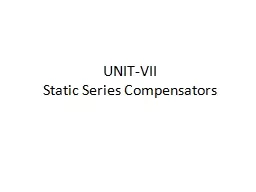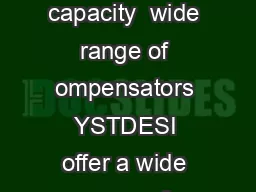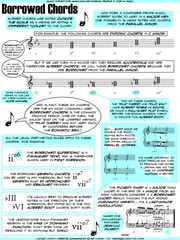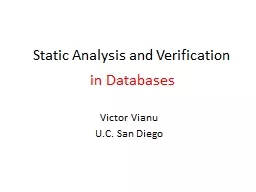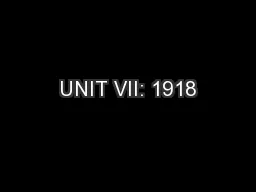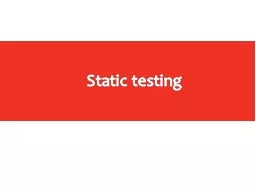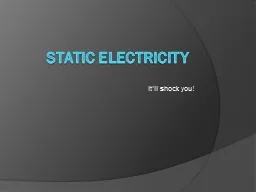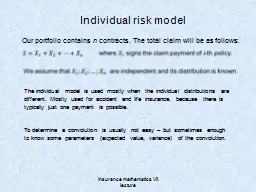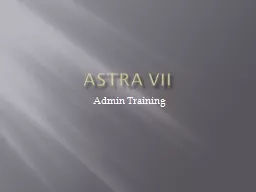PPT-UNIT-VII Static Series Compensators
Author : liane-varnes | Published Date : 2018-09-21
1Variable impedance type series compensators a GTO ThyristorControlled Series Capacitor GCSC b ThyristorSwitched Series Capacitor TSSC c ThyristorControlled Series
Presentation Embed Code
Download Presentation
Download Presentation The PPT/PDF document "UNIT-VII Static Series Compensators" is the property of its rightful owner. Permission is granted to download and print the materials on this website for personal, non-commercial use only, and to display it on your personal computer provided you do not modify the materials and that you retain all copyright notices contained in the materials. By downloading content from our website, you accept the terms of this agreement.
UNIT-VII Static Series Compensators: Transcript
Download Rules Of Document
"UNIT-VII Static Series Compensators"The content belongs to its owner. You may download and print it for personal use, without modification, and keep all copyright notices. By downloading, you agree to these terms.
Related Documents

